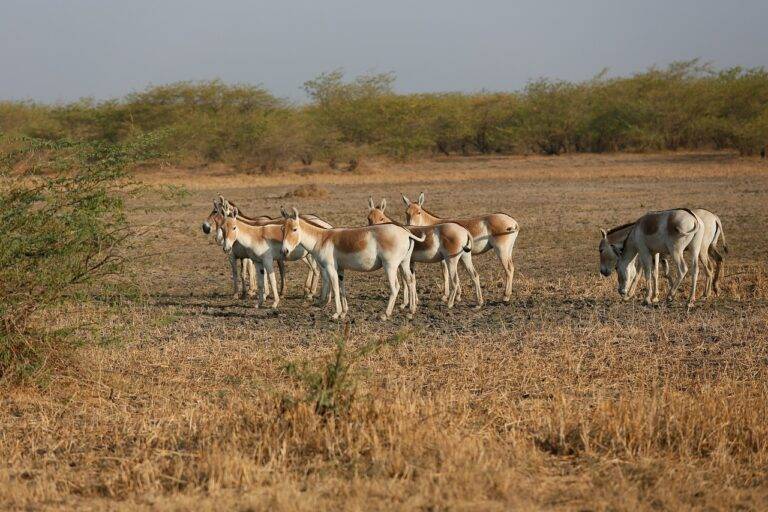The Role of Political Parties in Shaping Election Results
Political parties have a rich history that dates back centuries, with roots in ancient Greece and Rome where political factions emerged to advocate for varying ideologies and policies. However, the modern concept of political parties began to take shape during the late 18th and early 19th centuries in Western democracies, particularly in the United States and Europe. These parties were instrumental in organizing groups of like-minded individuals to pursue common political goals and interests.
Over time, political parties have evolved from loose coalitions of individuals with similar beliefs to complex organizations with formal structures and hierarchies. As countries transitioned to representative democracies, political parties became crucial mechanisms for organizing and mobilizing citizens around specific policy platforms and candidates. The evolution of political parties mirrors the changing dynamics of society, reflecting shifts in ideologies, demographics, and socio-political environments.
The Influence of Political Parties on Voter Behavior
Political parties play a vital role in shaping the behavior of voters, influencing their decisions during elections. Parties often act as intermediaries between the candidates and the electorate, helping to communicate political platforms and ideologies to the voters. By promoting a particular party line, political parties can sway voter opinions and preferences towards certain candidates or policies.
Moreover, the branding and messaging strategies employed by political parties can significantly impact voter behavior. Parties use slogans, logos, and other visual cues to create a certain image and identity for themselves, which can influence how voters perceive and relate to them. This branding can evoke emotions, values, and beliefs in the minds of voters, ultimately shaping their decisions at the polls.
The Role of Political Parties in Candidate Selection
Political parties play a crucial role in the selection of candidates for various political offices. These parties act as gatekeepers, determining who will represent them in elections based on a variety of factors such as ideology, electability, and loyalty to the party’s principles.
The process of candidate selection by political parties is often multi-faceted and can vary significantly between different countries and party systems. In some cases, party leaders or committees have the authority to directly appoint candidates, while in others, candidates are chosen through primary elections where party members or voters have a say in the selection process. Overall, the decisions made by political parties in selecting candidates have far-reaching implications for the overall direction and composition of the political landscape.





